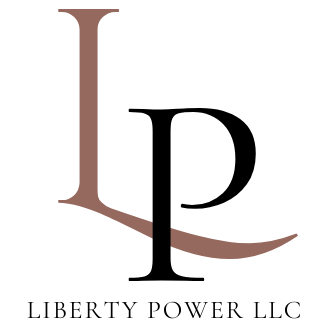Naadam Festival
The Naadam festival, often referred to as the “Games,” is a cherished and traditional celebration in Mongolia. It takes place from the 11th to the 13th of July and is locally known as “Eriin Gurvan Naadam” or “The Three Games of Men.” These games encompass Mongolian wrestling, horse racing, and archery and are celebrated nationwide. Notably, women now participate in archery, and girls engage in the horse-racing tournament, adding to the festival’s richness.
In contemporary times, Naadam symbolizes not only the sporting spirit but also Mongolia’s independence from the Qing dynasty, culminating with Mongolian State Flag Day. The significance of this festival was underscored when, in 2010, Naadam was inscribed on the Representative List of the Intangible Cultural Heritage of Humanity by UNESCO.
The opening and closing ceremonies of Naadam feature grand parades featuring mounted cavalry, athletes, and a vibrant concert showcasing hundreds of artists, musicians, and dancers. It’s a golden opportunity for tourists to immerse themselves in Mongolian culture, customs, and folklore. Many foreigners specifically journey to Mongolia to partake in this grand event.
Visitors have the unique opportunity to savor “airag,” a traditional Mongolian alcoholic beverage crafted from fermented mare’s milk. The distinct flavor of airag, known as “kumis” in other Central Asian countries, offers a taste that varies across different regions of Mongolia.
For our guests, we offer special Naadam tours that allow them to experience both the vibrant capital city and the serene countryside during this incredible celebration.
Tsagaan Sar Celebrations
Tsagaan Sar, the Mongolian Lunar New Year, also known as the “White Moon,” marks the inception of the Mongolian lunisolar calendar year. It holds a pivotal place among Mongolian holidays and unfolds over the first through third days of the initial lunar month, predominantly in February.
Customs associated with Tsagaan Sar exhibit notable regional variations. Many families kindle candles at their altars, symbolizing the pursuit of Buddhist enlightenment. A customary greeting among people during this celebration is “Amar baina uu?” which translates to “Are you living peacefully?” This phrase captures the essence of the holiday, fostering goodwill and tranquility.
It is a time when Mongolians pay visits to their relatives and friends, engaging in the exchange of heartfelt gifts. During this festive period, it is common to see many adorned in traditional Mongolian attire, reflecting their cultural pride. A typical Mongolian family congregates at the dwelling of the eldest family member, marking a significant aspect of the festivities. Culinary delights enjoyed during Tsagaan Sar include sheep’s tails, succulent mutton, rice with curds, dairy products, and the beloved Mongolian dumplings known as “buuz.”
Numerous foreigners who have had the opportunity to partake in Tsagaan Sar celebrations with their Mongolian friends have reported experiencing positive and lasting impressions of this cherished holiday.
Eagle Festival
The Eagle Festival, known as “Burged” in Mongolian, is a cherished celebration among the Kazakh people, Mongolia’s second-largest ethnic group. This unique festival takes place annually in October in the western province of Bayan-Ulgii.
During the Eagle Festival, Kazakhs from various regions gather with their trained eagles to partake in thrilling competitions that showcase the eagles’ remarkable skills. These contests often involve hunting small rodents or foxes, highlighting the eagle’s strength, speed, and keen eyesight. It’s a remarkable display of the deep bond between the Kazakh people and their majestic avian partners.
This festival is not only a source of pride for the Kazakh community but also a significant draw for tourists, both from within Mongolia and abroad. It offers a captivating and authentic glimpse into a rich cultural tradition.
Phone
+976 9910 8415 ; +976 8600 8415
batmunkh.s@thelibertypower.com ;
asralt.z@thelibertypower.com
Address
#1604, D Block, Akoya Residence, 15 Khoroo, Khan-Uul district, Ulaanbaatar, Mongolia



